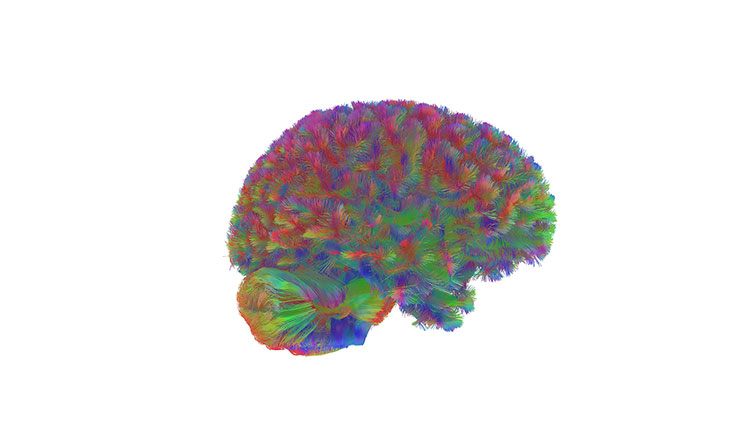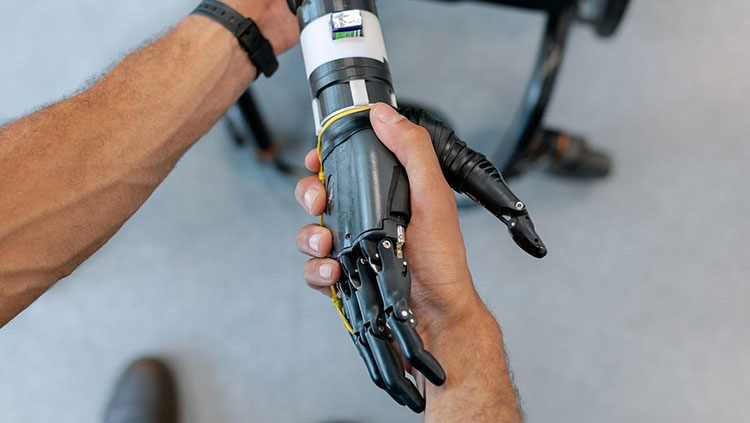ICYMI: Learning a New Language as an Adult Rewires the Brain
- Published19 Nov 2020
- Author Alexis Wnuk
- Source BrainFacts/SfN

These were the top neuroscience stories for the week of November 9, 2020.
Learning a New Language as an Adult Rewires the Brain
Picking up a second language as an adult taps different parts of the brain than used for native language, researchers reported November 9 in JNeurosci. Using functional magnetic resonance imaging (fMRI) the researchers scanned the brain activity of 29 Spanish adults who were learning the Basque language as they listened to, read, and spoke words in Basque and in their native Spanish. Novice learners used the same brain regions — primarily in the left hemisphere — to process Basque and Spanish. But, advanced learners recruited regions in the right hemisphere to comprehend words in their new language. Additionally, the researchers scanned 19 young adults’ brains multiple times during a three-month English language immersion program. As the students progressed, a similar pattern emerged: they used more of their right hemisphere to process English.
Big picture: While most cognitive tasks are a coordinated effort by both brain hemispheres, language is one of the few functions that shows strong one-sidedness. For most people, it takes place in the left hemisphere. But the new study shows how plastic the brain is: other areas can chip in to help us learn new skills throughout life.
Read more: Adult Language Learning Literally Reroutes Brain Networks (Inverse)
Pediatric Mental Health Hospital Visits Increased During the Pandemic
The proportion of pediatric emergency room visits related to mental health conditions increased during the pandemic, according to a November 13 report from the Centers for Disease Control and Prevention. CDC researchers analyzed hospital data from 47 states for March through October of 2020 and the same period in 2019. While the total number of pediatric ER visits dropped in mid-March — likely due to stay-at-home orders — the proportion of visits related to stress, anxiety, and panic increased sharply and stayed high through October. The proportion of mental health visits for children 12-17 years old increased by 31% compared to the same period in 2019. There was a 24% increase for children 5-11 years old.
Big picture: The stress of the pandemic and the shift to virtual schooling is taking a toll on children’s mental health. The spike in ER visits related to mental health problems may also reflect reduced access to mental health resources, the researchers say. Some children may receive mental health support from community agencies and schools. With limited access to these resources, children and parents might be turning to ERs instead.
Read more: Teens in Covid Isolation: ‘I Felt Like I Was Suffocating’ (The New York Times)
CONTENT PROVIDED BY
BrainFacts/SfN
Also In Neuroscience in the News
Trending
Popular articles on BrainFacts.org








.jpg)









